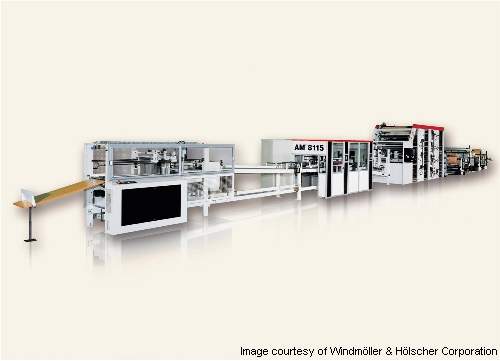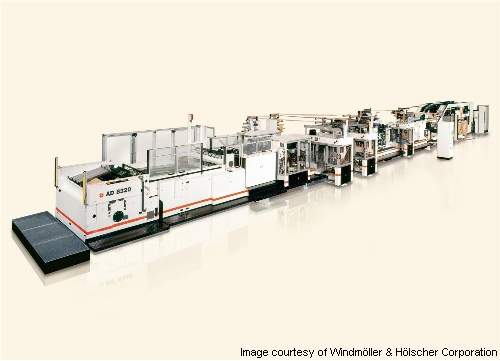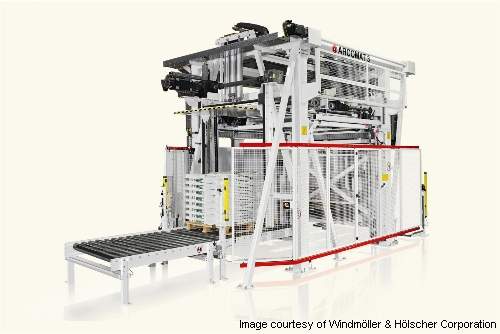Afripack’s paper sack plant in Mobeni, Durban, South Africa, manufactures about 120 million paper sacks annually from two production lines. The existing production capacity enables the company to compete in both local and export markets.
It is rated as a level three broad based black economic empowerment verification certificate (BBBEEE) company.
The plant supplies paper sacks to the cement and paper sector in local and foreign markets. A few of its major customers include Pretoria Portland Cement Company (PPC), Lafarge, NPC, Sasol, Idwala and Saint Gobian Webber.
Founded in 1993, Afripack is one of the oldest but most advanced paper sack manufacturers in South Africa. The company operated under different names such as PaperSacks, DRG Sacks and Kohler Sacks until 1995, when it was finally renamed Afripack. Around 50% of the company’s share is owned by a Nozala, a group of African women. The remaining is equally owned by PPC (25%) and a management consortium (25%).
Since 1998, Afripack has invested about R175m towards the installation of equipment and modernisation of the Durban plant. The first investment of R50m was made in 1998 to install plant equipment. In 2008, R60m was put towards modernisation of the conversion technology used at the plant.
Afripack restructured its businesses into two divisions in 2009 after acquiring Astrapak’s flexible packaging business. The consumer flexible packaging business is part of the Afripack Consumer Flexibles division and the paper sack business is part of Afripack Industrial Flexibles division.
Equipment installed at Afripack’s paper sack plant
The 2008 modernisation programme at the plant included the implementation of new conversion technology. A second sack-line was installed next to the existing line. The fully-automatic second line boosted production speed and provided savings in labour and raw material cost.
The second sack-line consists of an AM 8115 tuberland, AD8320 bottomer and an Arcomat 3 robotic palletizer. It was supplied by Germany-based Windmöller & Hölscher (W&H).
The AM 8115 is a multipurpose tuber capable of producing a maximum of 350 tubes a minute. The partly automated changeover and adjustments facilitate short set-up time and easy changeovers.
Small and medium sized bags are produced by the AD 8320 bottomer. It works on the principle of kinetic bottom opening and processes around 330 sacks a minute.
The AD 8320 is the world’s first multipurpose machine with a capacity to manufacture sacks with filling volumes of 2 to 100 litres. It is specifically designed for short production cycles that require frequent changeovers.
The Arcomat 3 is a three axis portal robot which features PC control and modern servo drive technology. It operates at a speed of 28 packets a minute.
This speed in turn maximises the bottomer’s output in small sized packets which is essential for flat bags.
The stacking programme and sequencing of the Arcomat 3 can be configured by using the touch screen monitor.
The Arcomat 3 features packet feeding and alignment, automatic empty pallet magazine, stack removal and stack pressing. It also comes with an option to insert an interlayer sheet which stabilises the stacks with difficult patterns.
Before the automation of conversion technology, either too much or too little glue was used to make the paper bags which often resulted in wastage.
This problem was eradicated with the help of the enclosed glue application chambers in the second line. The glue related problems now account for less than 2% of the total production cost.
Flatness of the paper sacks is achieved using the Arcomat 3 robotic palletizer. The machine has an integrated storage system for sack pellets on racks which result in absolute flatness of the bag and appropriate presentation of pellets.






